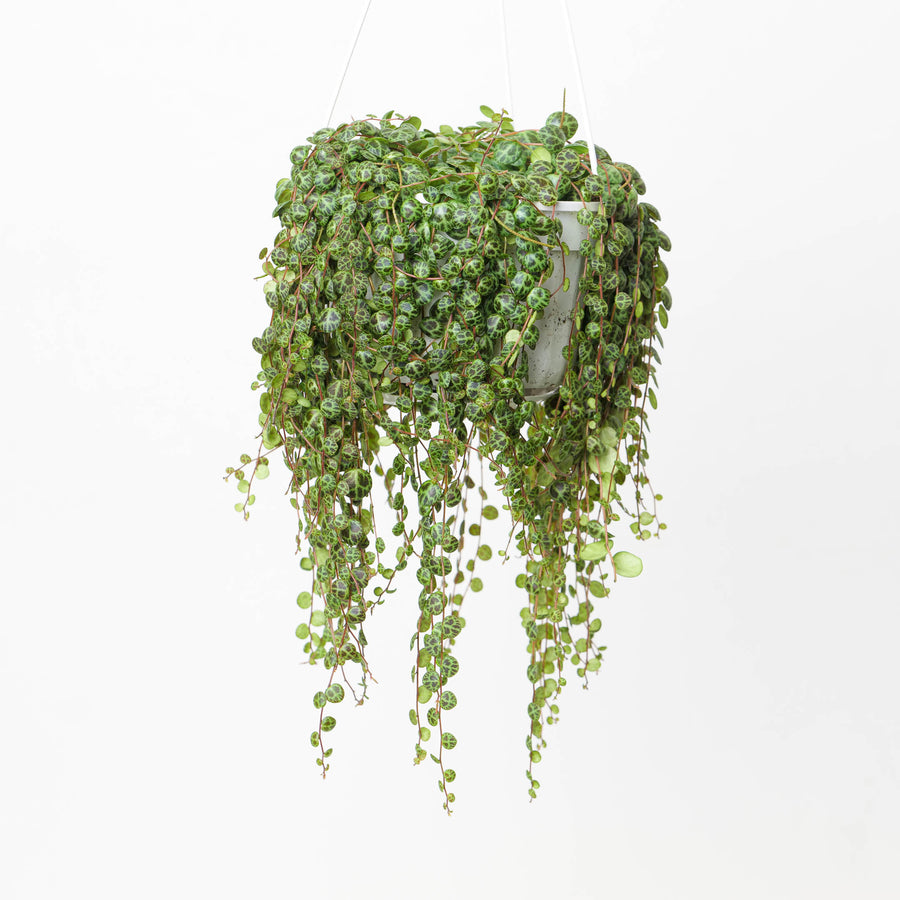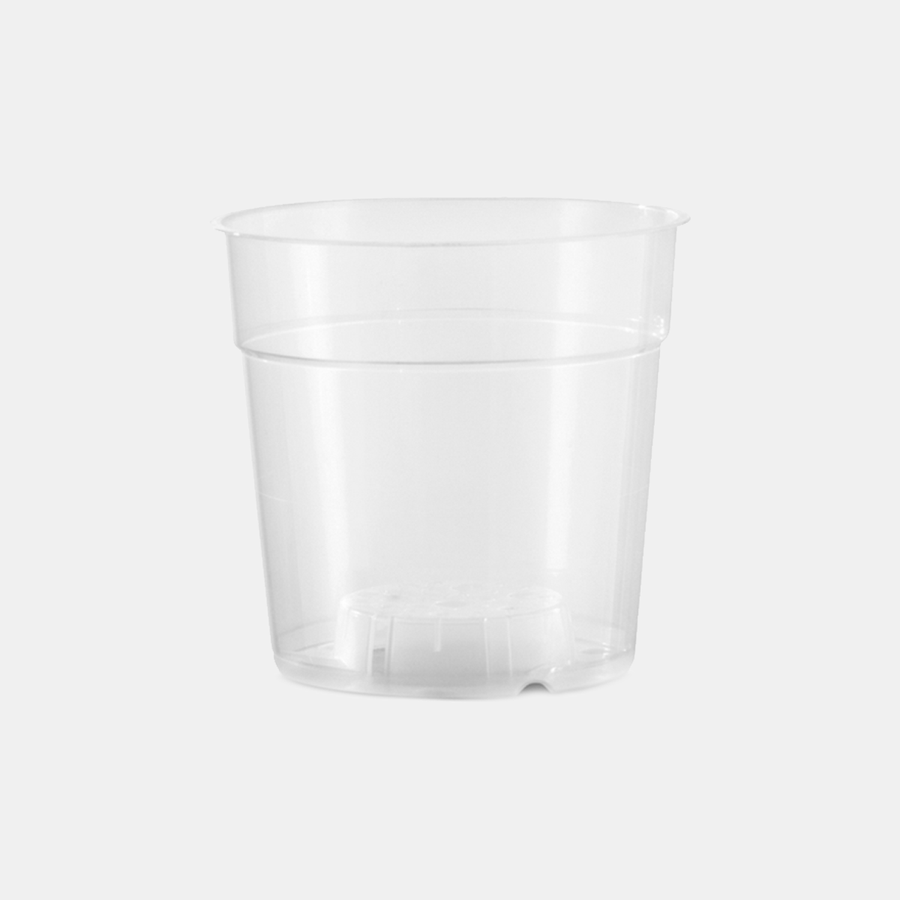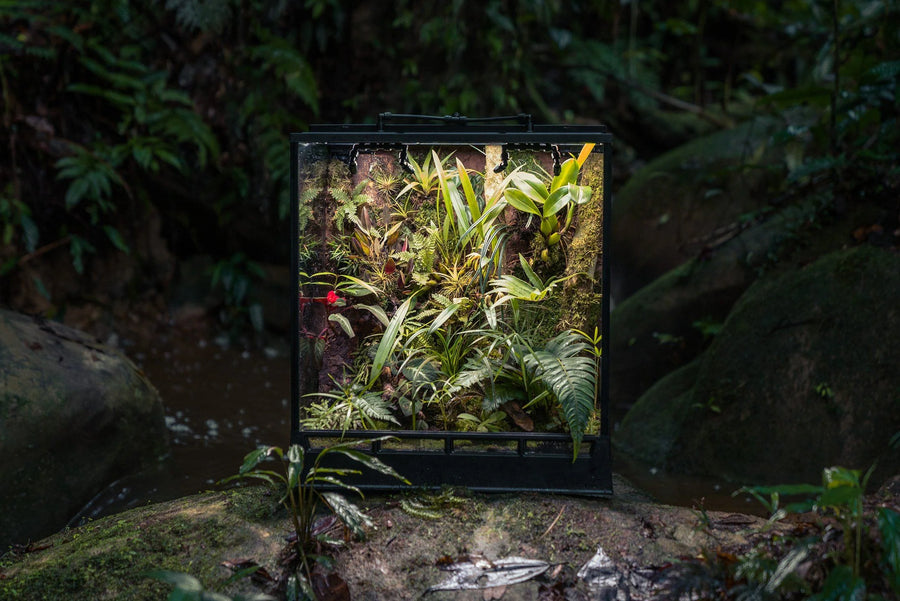Fungus Gnats On Your Houseplants? Here's How to Deal With Them
Fungus gnats, also known as sciarid flies, are a common pest problem in houseplant collections. These tiny, dark flies are often mistaken for other small insects, but their presence can indicate issues in your plant care routine. Though they do little direct harm as adults, their larvae feed on organic matter and sometimes even plant roots, which can stunt growth and stress your plants. In this guide, we’ll explore everything you need to know about fungus gnats—from identification and life cycle to the damage they cause, and effective prevention and control methods.

Introduction
Fungus gnats are particularly problematic in indoor environments where moisture and decaying organic matter create an ideal breeding ground. These pests are not only a nuisance due to their persistent flying but also because their larvae can damage plant roots, reducing the growth potential of your houseplants. Early detection and proper management are essential to protect your indoor plants from the adverse effects of fungus gnats.
What Are Fungus Gnats (Sciarid Flies)?
Fungus gnats, or sciarid flies, belong to the family Sciaridae. They are small, dark, and delicate insects that are commonly found around moist soil in potted plants. While the adult flies are more of a nuisance, it is the larval stage that causes the most damage. The larvae feed on decaying organic material, fungi, and occasionally the roots of young or stressed plants.
Key Characteristics
-
Size & Appearance: Adults are typically less than 3 mm long, with slender bodies and long legs. They have dark, almost black bodies with translucent wings.
-
Behaviour: Fungus gnats are most noticeable when they swarm around the base of houseplants or near windows. The larvae, however, reside in the soil, making them harder to spot.
Life Cycle of Fungus Gnats
Understanding the life cycle of fungus gnats is vital for effective control:
-
Egg Stage: Female gnats lay eggs in the moist soil or organic debris found in plant pots.
-
Larval Stage: Once hatched, the larvae feed on organic matter and fungi. This is the stage where they may also nibble on delicate plant roots, particularly in young or stressed plants.
-
Pupal Stage: After a few weeks of feeding, the larvae pupate in the soil.
-
Adult Stage: Adults emerge from the soil and continue the cycle by laying more eggs. Under optimal conditions, the entire cycle can be completed in as little as three to four weeks, allowing populations to increase rapidly.
Identifying Fungus Gnat Infestations
Visual Clues
-
Adult Flies: Look for tiny, dark flies fluttering around the base of your houseplants or near the windows. They are often most noticeable in the evening or when the lights are off.
-
Larvae in Soil: If you lift the plant, you might notice small, worm-like larvae in the top layer of the soil. They are usually white or translucent.
-
Damaged Roots: In cases of heavy infestation, the roots of your plants may appear damaged or discoloured, as the larvae feed on them.
Symptoms on Plants
-
Stunted Growth: Damage to the roots can inhibit nutrient uptake, leading to slow or stunted plant growth.
-
Yellowing Leaves: Affected plants may show signs of stress, such as yellowing or wilting leaves, due to impaired root function.
-
Excess Moisture or Decay: Overly moist soil or decaying organic matter often indicates the conditions favourable for fungus gnat development.
Damage Caused by Fungus Gnats
Fungus gnats are primarily harmful during their larval stage:
-
Root Damage: The larvae feed on the roots of young or stressed plants, which can lead to reduced growth and even plant death in severe cases.
-
Reduced Nutrient Uptake: Damaged roots are less efficient at absorbing water and nutrients, leading to overall plant decline.
-
Spread of Disease: In some instances, the feeding activity of the larvae can create entry points for pathogens, further compromising plant health.
While the adult gnats are mostly a nuisance, the underlying issues they indicate—excess moisture, poor soil conditions, or decaying organic matter—can also contribute to other plant health problems.
How to Prevent Fungus Gnat Infestations
Prevention Strategies
-
Proper Watering Practices: Overwatering is a primary cause of fungus gnat infestations. Allow the top inch of soil to dry out between waterings.
-
Soil Management: Use well-draining soil and avoid excessive organic matter that can promote fungal growth.
-
Cleanliness: Remove fallen leaves and other debris from the soil surface to reduce breeding grounds.
-
Quarantine New Plants: Before adding new plants to your collection, inspect and, if necessary, treat the soil to prevent introducing fungus gnats.
Environmental Adjustments
-
Improve Air Circulation: Increasing ventilation around your houseplants can help dry out the soil surface more quickly, making it less hospitable to fungus gnats.
-
Use of Mulches: Consider using a layer of sand, pumice or fine gravel on top of the soil to deter egg-laying by adult gnats.
Control Methods
Manual and Cultural Controls
-
Yellow Sticky Traps: Place yellow sticky traps near your plants to catch adult fungus gnats. This not only reduces their numbers but also provides an indication of the infestation level.
-
Water Management: Adjust your watering schedule to allow the soil surface to dry, which can help reduce egg hatching and larval survival.
-
Soil Replacement: In severe infestations, consider repotting the plant with fresh, clean soil to remove larvae and eggs.
Biological Controls
-
Beneficial Nematodes: These microscopic worms can be applied to the soil to target and kill fungus gnat larvae.
-
Predatory Insects: Some predatory mites and other beneficial insects can help reduce the population of fungus gnats, though their use is more common in greenhouse settings.
Chemical Controls
-
Insecticidal Soaps: These soaps can be used as a foliar spray to reduce adult populations. However, they have limited effectiveness on larvae in the soil.
-
Chemical Insecticides: For persistent infestations, consider using an insecticide labeled for fungus gnat control. Always follow the manufacturer’s guidelines and use products that are safe for indoor use.
Integrated Pest Management (IPM) Strategies
Combining multiple control methods is often the most effective approach:
-
Monitor Regularly: Use sticky traps and routine inspections to keep track of fungus gnat populations.
-
Cultural Practices: Adjust watering and soil management practices to create an environment that is less conducive to gnats.
-
Biological and Chemical Integration: Start with natural and biological controls, and resort to chemical options only if necessary, ensuring minimal impact on beneficial organisms.
Frequently Asked Questions (FAQ)
Q: What are fungus gnats and why are they a problem for houseplants?
A: Fungus gnats, also known as sciarid flies, are small, dark flies whose larvae feed on decaying organic matter and sometimes plant roots. While the adult flies are mostly a nuisance, the larvae can damage roots, leading to stunted growth and weakened plants.
Q: How can I tell if my houseplants have a fungus gnat infestation?
A: Look for tiny, dark flies around the base of your plants and check the top layer of soil for small, worm-like larvae. Other signs include stunted growth, yellowing leaves, and a moist, organic-rich soil surface.
Q: How do fungus gnats reproduce?
A: Adult fungus gnats lay eggs in moist soil. The eggs hatch into larvae, which feed on organic matter and occasionally plant roots. The larvae then pupate in the soil and emerge as adults, continuing the cycle.
Q: What can I do to prevent fungus gnats from infesting my houseplants?
A: Preventative measures include proper watering practices, using well-draining soil, removing decaying organic matter, and quarantining new plants. Improving air circulation and using a top layer of sand or gravel can also help deter gnats.
Q: Are there natural methods to control fungus gnats?
A: Yes, using yellow sticky traps, beneficial nematodes, and predatory insects can help control fungus gnat populations. Adjusting cultural practices like watering and soil management is also very effective.
Q: When should I consider using chemical treatments for fungus gnats?
A: Chemical treatments should be a last resort after implementing cultural and biological controls. If the infestation is severe and persistent, an insecticide labeled for fungus gnat control can be used, following all safety guidelines.
Conclusion
Fungus gnats (sciarid flies) can quickly become a significant issue for your houseplants if not managed properly. By understanding their life cycle and recognising the early signs of infestation, you can take proactive steps to reduce their numbers and protect your indoor garden. Implementing an integrated pest management approach that combines proper watering, soil management, biological controls, and, if necessary, chemical treatments will help keep your houseplants healthy and thriving.
Happy planting, and here’s to a fungus gnat–free indoor garden!






